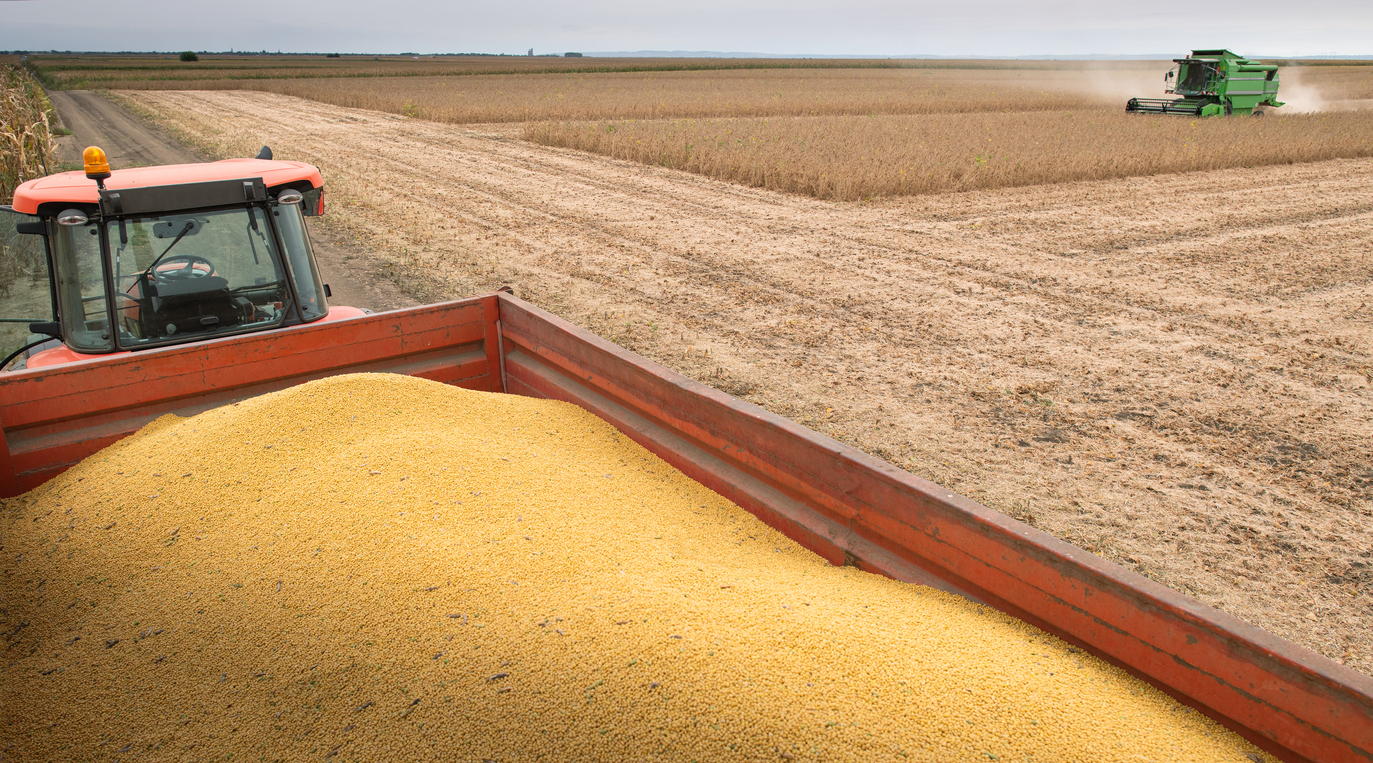
Multiple Approaches Necessary to Achieve Global Targets to Combat Poverty and Hunger
March 18, 2020| |
In 2018, the number of chronically undernourished people in the world is estimated to have increased to 821.6 million, up from 811.7 million in 2017, according to the Food and Agriculture Organization of the United Nations. The 2030 Agenda for Sustainable Development and the UN Decade of Action on Nutrition call on all countries and stakeholders to work as one to eliminate hunger and malnutrition by 2030.
Agriculture remains predominantly traditional and the majority of African countries exhibit a high dependency on food aid, which accounts for a quarter of all global food aid shipments. Reversing this trend requires strategic interventions that would dramatically raise agricultural productivity while taking into consideration the realities and diversity of Africa's farming systems.
Multiple approaches are necessary to achieve global targets to combat poverty and hunger. In 2018, biotech crops occupied 191.7 million hectares, grown by ~17 million farmers in 26 countries (21 developing and 5 developed countries). The global area under biotech crops has increased from 1.7 million hectares in 1996 to 191.7 million hectares in 2018 (a ~112-fold increase). Responsible and safe deployment of modern biotechnology can significantly enhance prospects for alleviating poverty and hunger, especially in Africa.
Read more about the contributions of agricultural biotechnology in alleviating poverty and hunger from the updated ISAAA Pocket K No. 30. Other updated Pocket Ks: Pocket K No. 11 - Contribution of GM Technology to the Livestock Sector and Pocket K No. 33 - Communicating Crop Biotechnology.
| |
You might also like:
- Hunger in Africa Continues to Rise, UN Report Reveals
- No Time to Lose in Eradicating Hunger and Malnutrition
- Global Hunger Index Shows Long-term Decline But Level Remains High
Biotech Updates is a weekly newsletter of ISAAA, a not-for-profit organization. It is distributed for free to over 22,000 subscribers worldwide to inform them about the key developments in biosciences, especially in biotechnology. Your support will help us in our mission to feed the world with knowledge. You can help by donating as little as $10.
-
See more articles:
-
News from Around the World
- Multiple Approaches Necessary to Achieve Global Targets to Combat Poverty and Hunger
- Ugandan President Ready to Sign GMO Bill into Law
- Study Documents Ghana's Public Perception Towards GM Food, Labeling
- Canada Celebrates 25 Years of GM Approvals
- UPenn Develops Lettuce That Stimulates Bone Building Cells
- First Comprehensive Map of the Arabidopsis Proteome Now Available
- European Consumers Exposed to Consistent Fear-Mongering from Anti-Biotech Groups for Two Decades
-
Research Highlights
- Drought Tolerant Potato Developed thru Overexpression of GhABF2
-
Plant
- CRISPR-Cas9 Used to Develop Marker-free Carotenoid-enriched Rice
-
Health
- Viable Vaccine Candidate for COVID-19 Developed Using Proprietary Plant-based Technology
-
Read the latest: - Biotech Updates (December 10, 2025)
- Gene Editing Supplement (November 26, 2025)
- Gene Drive Supplement (February 22, 2023)
-
Subscribe to BU: - Share
- Tweet

